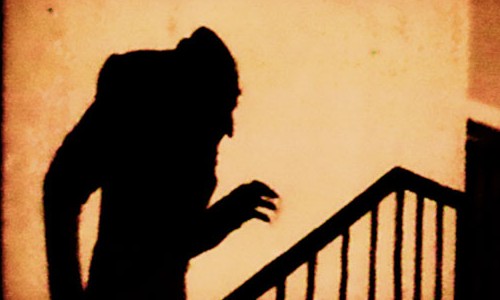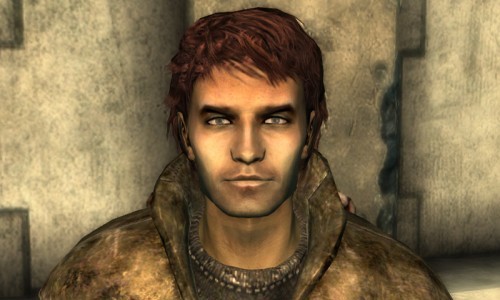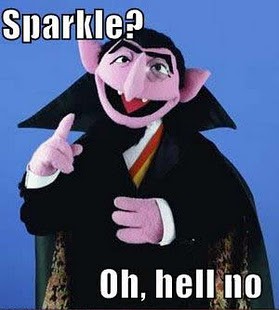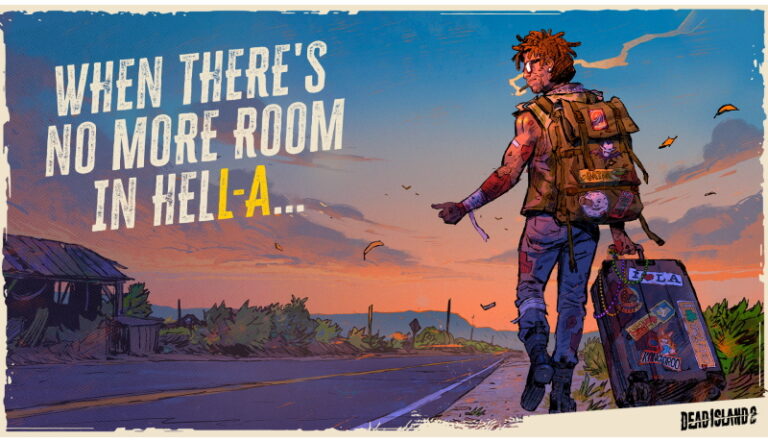Legends of supernatural beings consuming the blood and flesh of the living have been found in every culture around the world – some even dating back to prehistoric times. And While different cultures may have different names or characteristics for such beings, today we normally associate many of these behaviours with those of vampires.
Much of what we associate with the modern-day vampire comes from pre-Christianized Slavic culture and their understanding of life after death. The Slavs believed that for some time after death, the soul would leave the body and wander, but was also capable of returning to the body and reanimating it. The death of an unbaptized child, a violent or untimely death, or the death of a grievous sinner were all grounds for a soul to become unclean after death. The unclean soul was feared due to its potential for vengeance on the living. The Slavs termed ‘vampir’ as the manifestation of an unclean spirit, possessing a decomposing body. The vampir was considered to be vengeful towards the living and needed the blood of the living to sustain its existence.
The previous stories that existed about vampirism, including the Slavic beliefs were embellished and popularized throughout Eastern Europe, giving way to the “18th Century Vampire Controversy,” which disturbed more than a few graves, and probably killed a couple of people in the process.
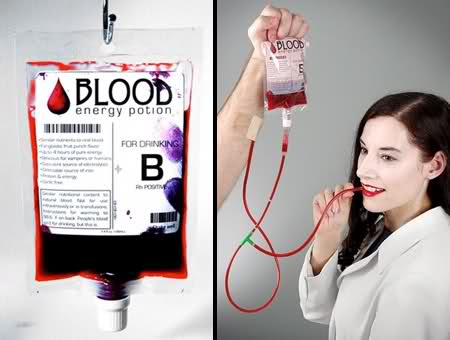 You probably didn’t even need to be that obvious about it
You probably didn’t even need to be that obvious about it
The panic began with an outbreak of so-called vampire attacks in Prussia in 1721 and in the Habsburg Monarchy from 1725 to 1734 but spread to other localities. One of the first recorded instances was of Peter Plogojwitz – who returned from the dead and asked his son for blood. When the son refused, he was found dead the following day. Plogojwitz then returned again and attacked neighbours, who also died from a loss of blood. We’re not exactly sure how this theory and connection to vampirism garnered any real attention, especially since everyone involved was…well, dead.
Regardless, the two incidents were well-documented with government officials examining bodies and writing case reports. The published books were sent throughout Europe and the belief in vampires grew even stronger. Dom Augustine Calmet didn’t exactly help matters when he published a treatise that claimed vampires existed, despite the numerous claims of other scholars stating that they didn’t. With the majority of the population of the time living in rural areas, the superstition hit an outright fervor.
This fervor only ceased after the passing of laws prohibiting the opening of graves and desecration of bodies. The desecration of bodies may have stopped, but the vampire continued to live on, particularly in literature.
Although many stories and novels had come before it, no other piece of work has melded the old tales and superstitions of the past and turned them into what is now synonymous with modern-day vampires quite like Dracula, by Bram Stoker. Published in 1897, the book struck a chord with Victorian Europe, where tuberculosis and syphilis ran rampant (also where most of the book takes place). When a friend of his told Stoker the story of Vlad Tepes (Vlad the Impalor) he immediately wrote the story into his book, giving credence that Vlad Tepes was the inspiration for Dracula. However this isn’t entirely true. The name of the novel had originally been The Dead Un-Dead until a few weeks before publication, with the lead villain being called Count Wampyr (see what he did there?) until doing a little bit of research in a number of interesting texts. The name Dracula was the family name of the descendants of Vlad II of Wallachia, who took the name Dracul after being invested in the Order of the Dragon in 1431. The translation of Dracul being ‘the dragon.’
Count Dracula has become a the second-most featured character in films (second to Sherlock Holmes), first appearing on film in the silent-picture Nosferatu, which incidentally was when Bram Stoker’s novel became widely popularized. Stoker’s widow prohibited Nosferatu’s director to use the name Dracula, and attempted to remove the film from public circulation, even though the novel was still public domain in the United States. Since then, The Count has gone on to appear in 217 other films in a featured role. In 1992, Bram Stoker’s Dracula, directed by Francis Ford Coppola received considerable attention upon release and had become the most successful Dracula movie released.
The hunger for more vampires hasn’t ceased, either. Vampires have been appearing more and more in novels, films, on television and in video games. Castlevania, anyone? That’s too obvious – in The Elder Scrolls: Oblivion, a player can become afflicted with porphyric hemophilia (Porphyria was actually theorized at one time to be affiliated with vampirism). In Fallout 3, The Family are actually cannibals who consume the blood to avoid becoming complete monsters.
Looks like an average joe in the Capitol Wasteland, to me…
In Stoker’s Dracula, there was more of a sympathetic light shed on the count, with the heavy cost of immortality being displayed upfront and centre. But obviously our deep-rooted feelings of isolation are not what makes us so ‘attracted’ per se to vampires.
In his 1931 work On the Nightmare, Ernest Jones noted that vampires are symbolic of several unconscious drives and defense mechanisms. Emotions such as love, guilt and hate fuel the idea of the return of the dead from the grave. People desiring a reunion with the recently departed project the idea that their lost loved ones must feel the same way, that they want to be reunited with the living. From this brings the belief that folkloric vampires visited relatives, particularly their spouses and families, first, as can be seen in Stephen King’s Salem’s Lot.
In cases where there was an unconscious guilt associated with the relationship, the reunion was steeped in anxiety. This may have led to repression, which Freud had linked with the development of morbid dread. Jones theorized in these cases the original wish of a reunion may be drastically changed: desire replaced with fear, love replaced with sadism and the loved one replaced by an unknown entity.
The innate sexuality of bloodsucking can be seen in its connection with cannibalism, and a connection with incubus-like behaviour. Additionally, Jones notes that when the more normal aspects of sexuality are repressed, regressed forms may be expressed, such as sadism, with oral sadism (the biting and whatnot) being integral to vampirism.
Anne Rice gave the vampire a fresh(er) take in her own series of novels. She took the basic concept of what we thought was the definitive vampire and turned it into even more of a brooding, angst-ridden romantic, much more akin to what we’re seeing today (much to our own chagrin…)
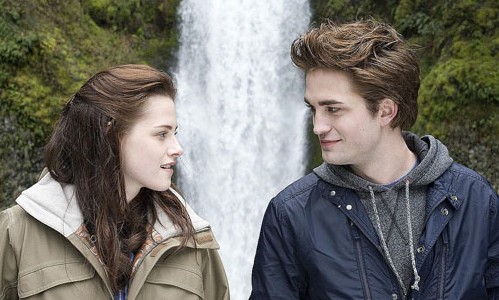 So if they get married, have a kid, and it doesn’t work out – are they entitled to get a vampire divorce?
So if they get married, have a kid, and it doesn’t work out – are they entitled to get a vampire divorce?
Can vampires even get a divorce?
Gone are the loner-vampires in their hidey-holes, high atop the hills in Transylvania. These new vampires are beautiful and rebellious creatures. They’re highly sexual, yet charming at the same time. They have enviable social skills with many of the tidings that indicate a well-to-do-lineage steeped in Gothic heritage? In an increasingly censored and restricted society, it is often enticing to want to identify with a being – even if fictional – that has endless freedom.
Who ‘wouldn’t’ like a person like that?
Provided of course that they didn’t know this person required feasting on blood of the living to survive.
–Janus
As Janus has explained, vampires have a long history; there are multiple different cultures that have their own individual interpretations and understandings of vampires and vampirism. From rising from the grave to sucking blood, there are many. One of my favorites is the folklore of Eastern Europe which not only plays a huge role in the vampires we know today, but also includes some interesting tidbits that bring the grandeur and immortality of the vampire and slams it back down to our mortal level.
Unbeknownst to us as children, (at least in America), we had been witnessing vampires in the most basic sense with Count Von Count (Count Dracula) on Sesame Street. Aside from being a cute puppet who likes to play on his own title, he is actually portraying a unique – and mostly forgotten- trait that vampires are said to have: Obsessive Compulsive Disorder, or OCD. While Count Von Count helped teach us basic counting, we were enforcing his bad habits.
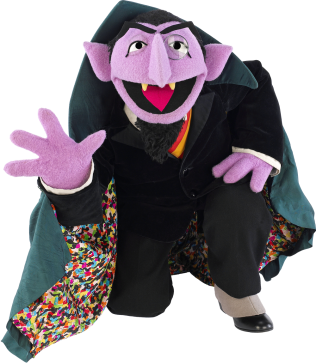
Being thought of as supernatural beings that are almost impossible to kill without a well-placed stake, garland of garlic or religious trinket, it is hard to believe that they may be susceptible to a largely common disorder that we deal with on an everyday basis. Counting is part of this OCD that Eastern European vampires are said to be afflicted with. It was said that for a suspected vampire, people would place a sack of grain or rice at their burial ground to hinder their return to life, as they would be stuck counting the grains all night. Along with feeling the need to count everything, these vampires are also ‘neat-freaks’ and are so confounded by the presence of a knot that they stop everything to ‘straighten’ it. While a largely forgotten bit of vampire folklore, both of these traits were humorously covered in an episode of the X-Files called “Bad Blood” in its fifth season.
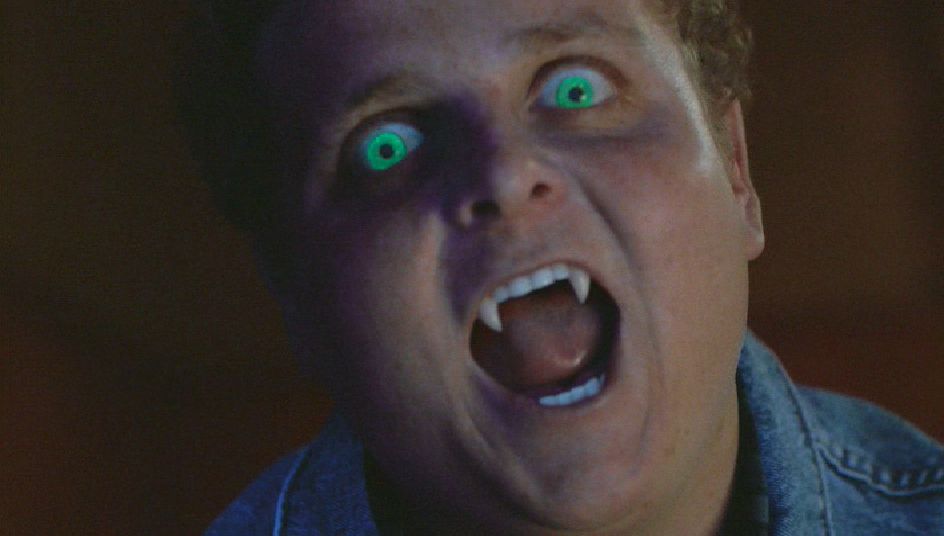
The roots are what seem to be fading these days, getting lost in the haze that tradition has evaporated into and becoming flashy, new age and hip instead. The “Twilight” series is easily the most successful endeavor at bringing vampires into love-hungry teens’ lives and along with that, destroying the foundation of what they are. Yes, like the zombie and werewolf, the vampire that invoked incredible terror long ago has become a fashion icon and been stripped –literally- of what it once was to be more acceptable and lovable by the general public. We encourage you all to go pick up a book about vampires, a REAL one, maybe even a history book and read it. It’s time we put an end to this garbage that “Twilight” green-lit for the masses.

